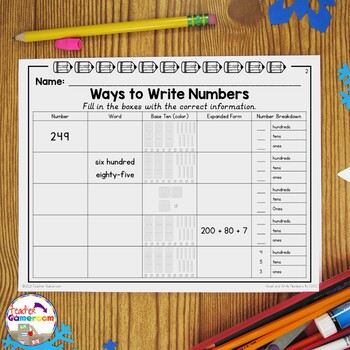

Is there a place that carries particularly strong memories for you? Why? What feeling do you get from this place – is it inspiring, mysterious, beautiful, comforting?.What Hudson Valley place stands out for you compared to other locations? Why?.Consider having older students answer questions as a freewrite or journaling activity before beginning their essay. Use questions like these to help students get started. To get things rolling, share a calendar or slides of places in the region or describe a favorite hiking trail or an historic site you’ve visited many times because it always teaches you something new.Īt the end of the brainstorm, have students pick one place to reflect on, listing as many details as they can or sketching and annotating the place they’ve chosen. Photo by Virginia McCurdy.Īsk older students to brainstorm Hudson Valley places that excite them or places they know have inspired artists, writers, and others. Be sure to describe what your place looks like.” (More questions below.) Why do they mean so much? What do you think others would like about your place? Try answering these questions in your poem. Say something like, “Think about the features or details that mean the most to you. When students finish, ask them to look over their drawing or list as you make some suggestions for beginning their poem or essay. Students can also add special spots such as a favorite picnic place or the best climbing tree to their maps. Remind them that maps do not have to look “real”-–the point is to get the details down. Now have students choose a place and make their own maps, pictures, or lists. Students can suggest labels for certain spots on the picture, e.g., reading corner, our class’s lunch table, or tallest slide. The goal is to help students recall details, not to create a completely accurate map or drawing. Listing details about the place is sufficient, but putting a large drawing on the board or projecting a blueprint or photo is even better. Next, have students call out as many details as they can while you list or draw them. Younger students.Choose a place the class is very familiar with–school cafeterias, libraries, or playgrounds work well. Then, brainstorm as a class or in small groups. Discourage the use of websites and travel brochures–THV is interested in students’ impressions, not someone else’s. Prompt students to think about the Hudson Valley’s natural, cultural, and historical landscapes by asking questions that evoke detailed answers. Older students may choose places that provoke consideration of community - local and/or global, the past and/or the future, or their “place” in this place. Or, spots where they feel comforted or at home. They might be places they love to visit–alone or with family or friends. Writing about Place, asks students to tell us about sites in the Hudson Valley that have special meaning for them. Photo by Julie Cash, Kingston City Schools.


 0 kommentar(er)
0 kommentar(er)
